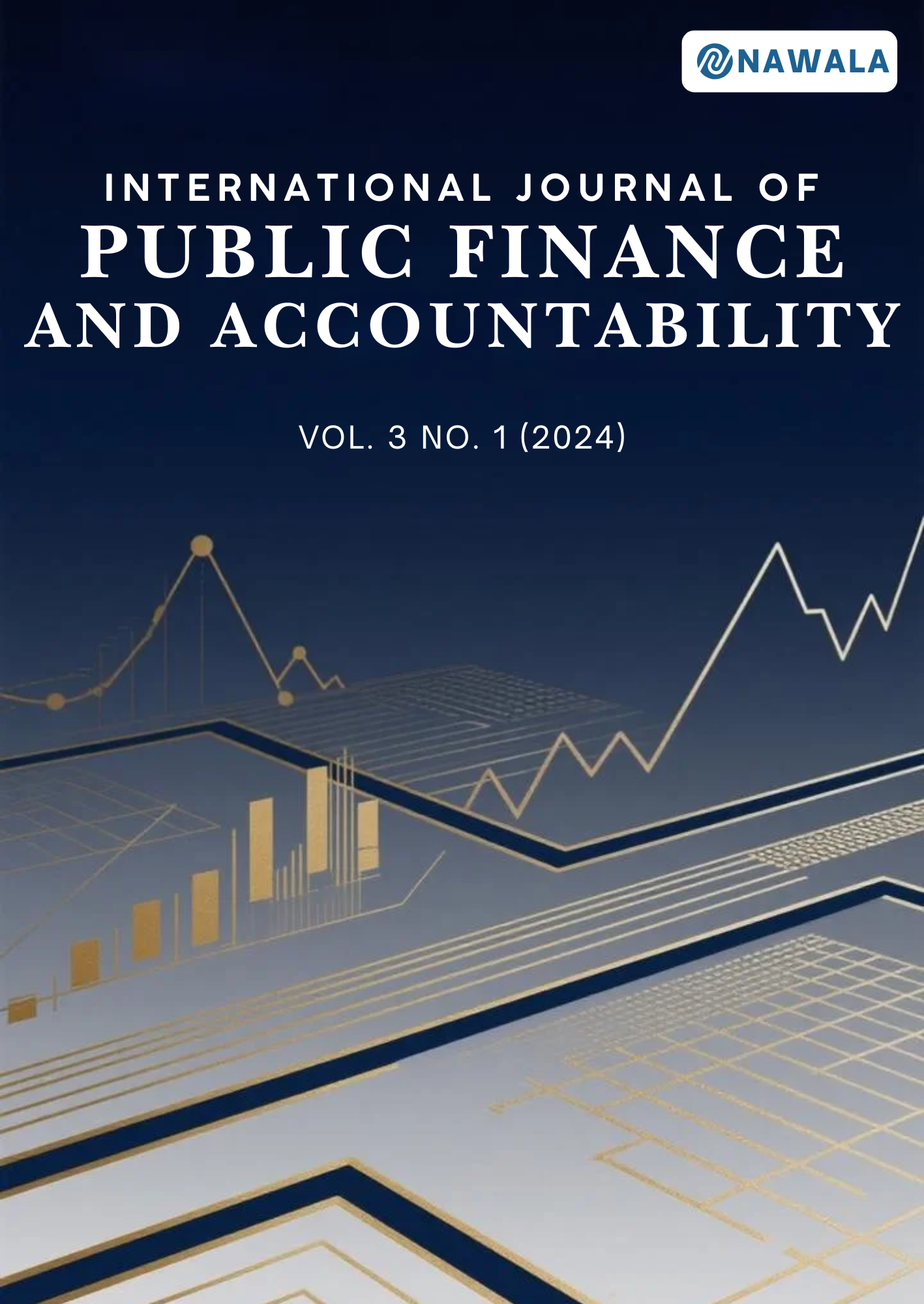Public Procurement Transparency: A Systematic Literature Review
Keywords:
Anti-Corruption, E-Procurement, Governance, Public Procurement, TransparencyAbstract
Transparency in public procurement is widely recognized as a fundamental element of good governance, promoting accountability, fair competition, and the prevention of corruption. This study employs a Systematic Literature Review (SLR) approach to synthesize research published between 2019 and 2022 on the role of transparency in enhancing competition, efficiency, and integrity within procurement systems. The findings reveal that proactive disclosure of procurement data, adoption of standardized information formats, and implementation of eprocurement platforms significantly improve bidder participation, reduce administrative costs, and foster market fairness. Moreover, transparency supports early detection of corruption risks through contract-level data analysis, particularly when paired with strong institutional oversight, independent auditing, and stakeholder engagement. However, persistent challenges such as poor data quality, incomplete disclosure, and varying institutional capacities limit the full realization of transparency benefits. The study concludes that transparency, while a measurable and actionable governance tool, achieves optimal impact when integrated with legal mandates, technological innovations, and robust enforcement mechanisms to ensure substantive rather than symbolic improvements in procurement outcomes.





